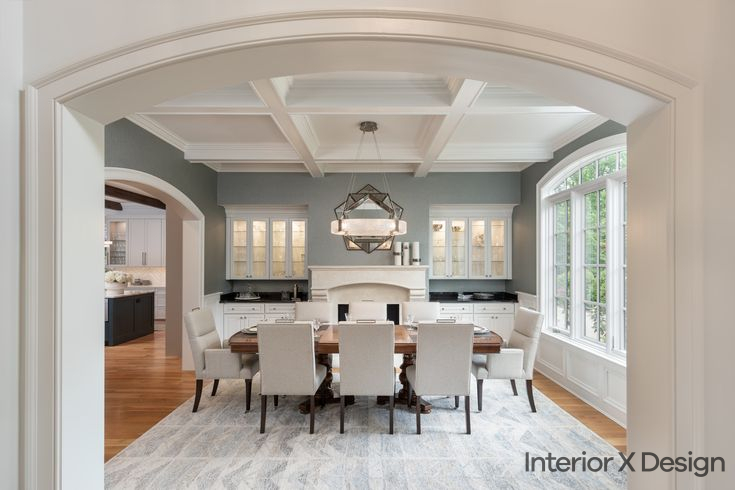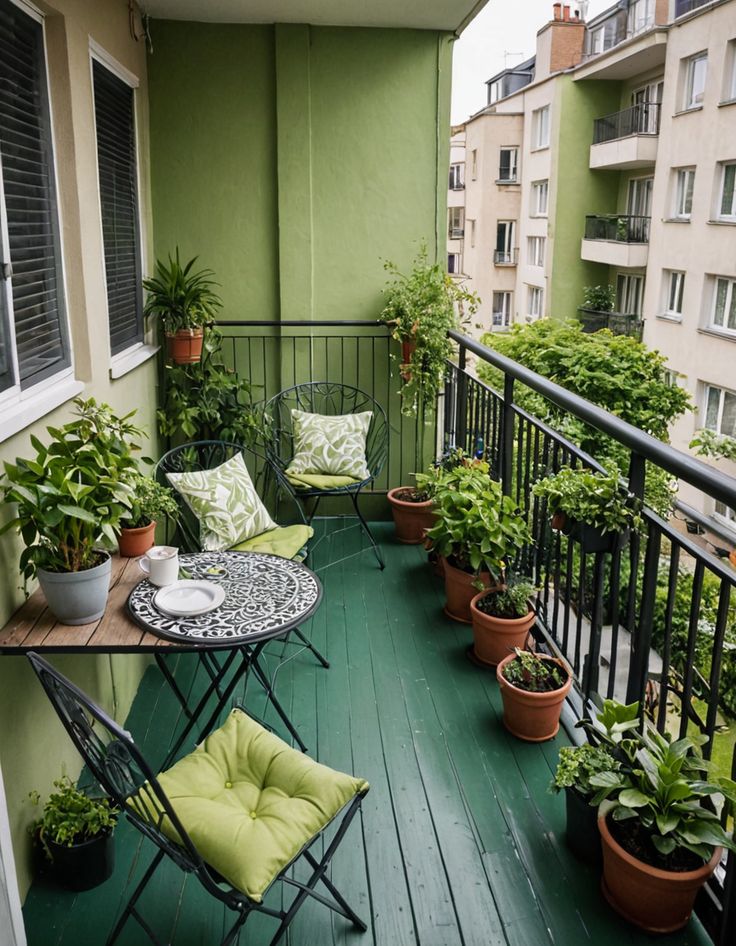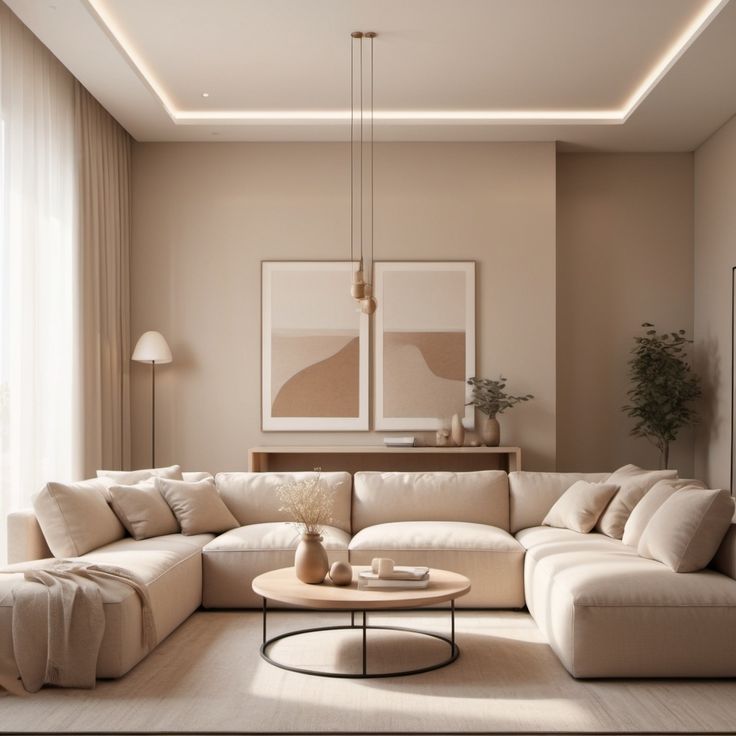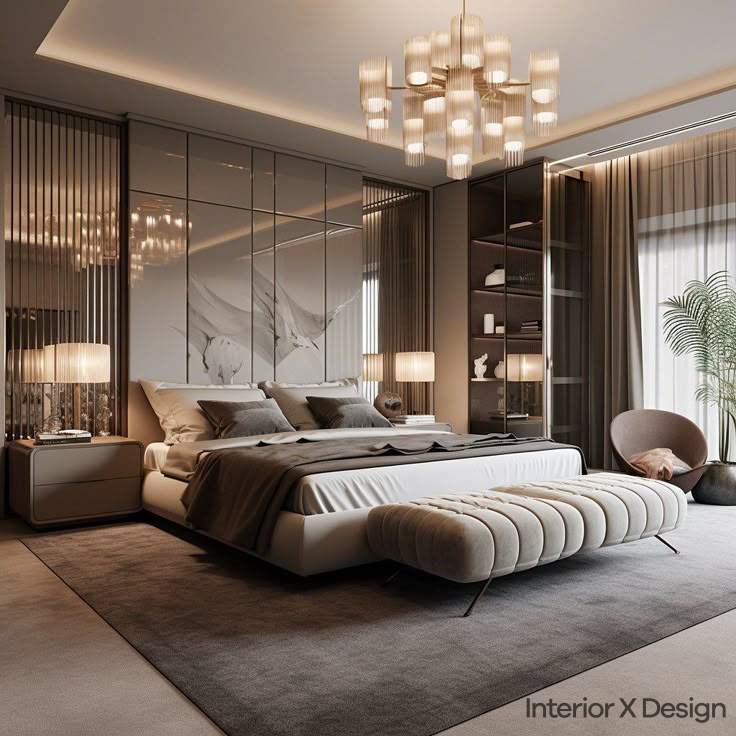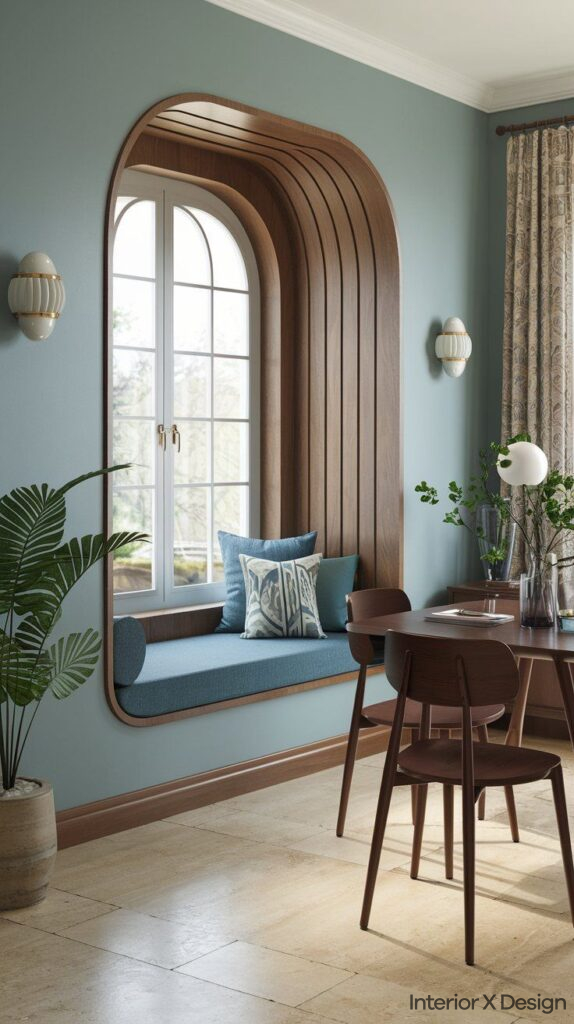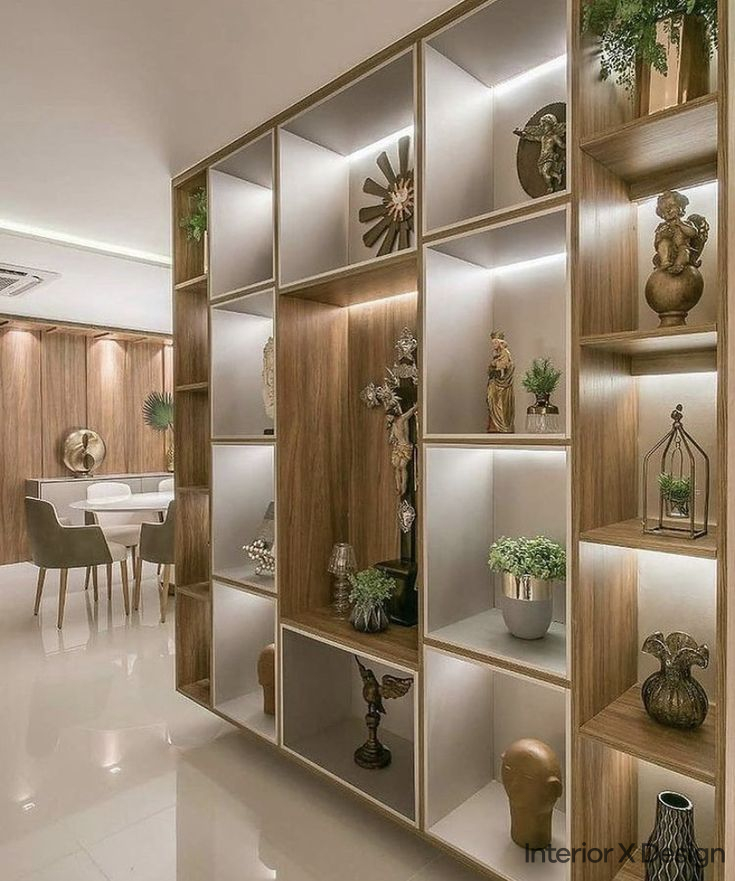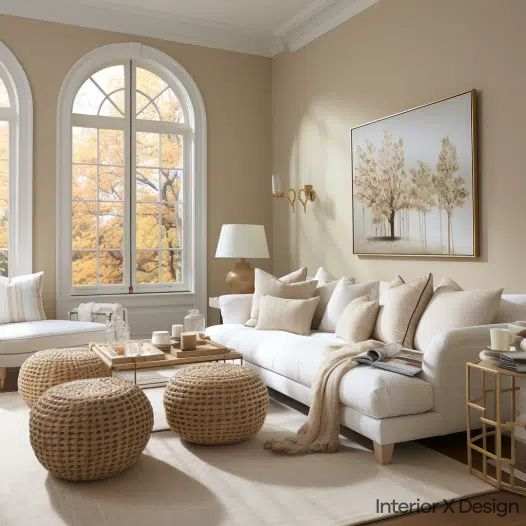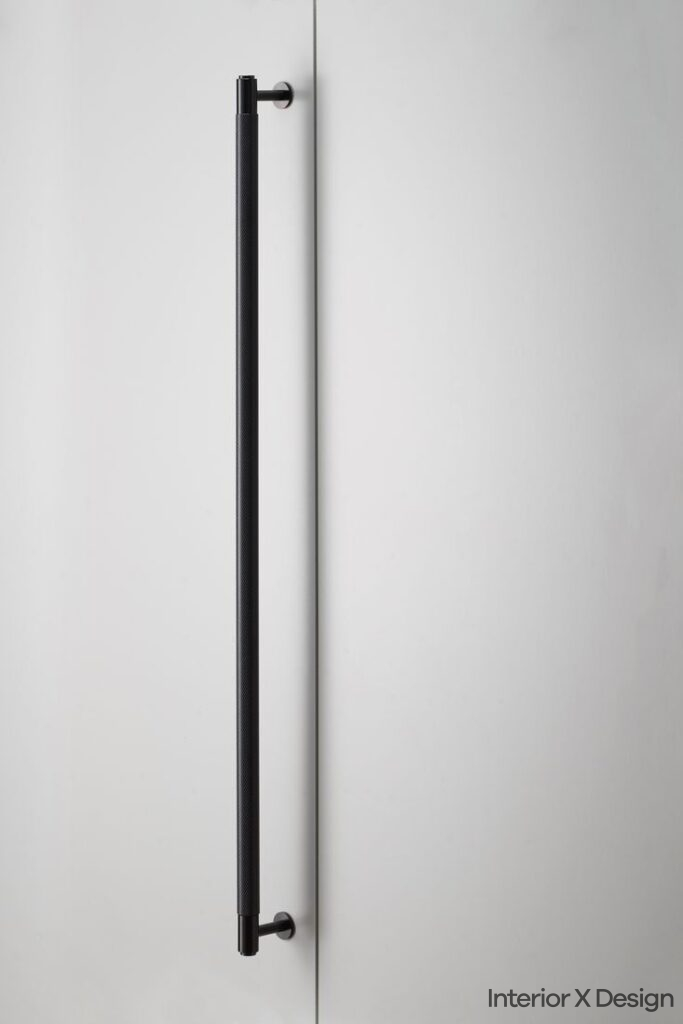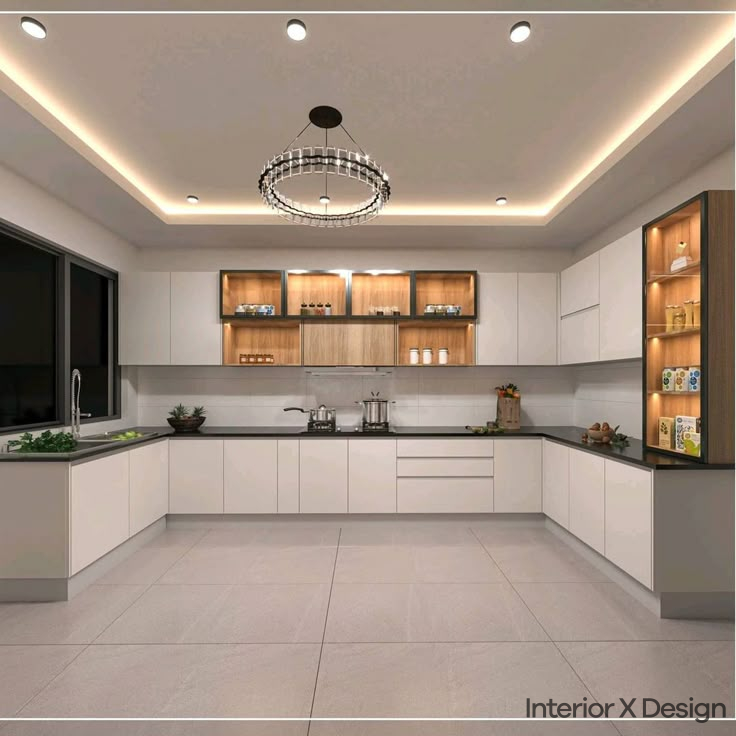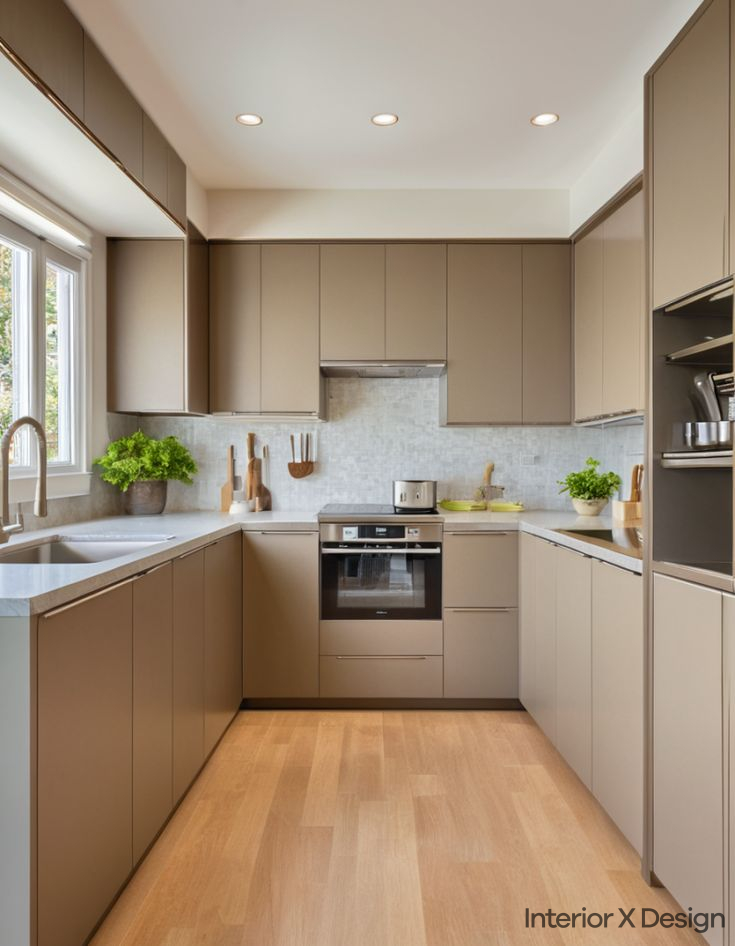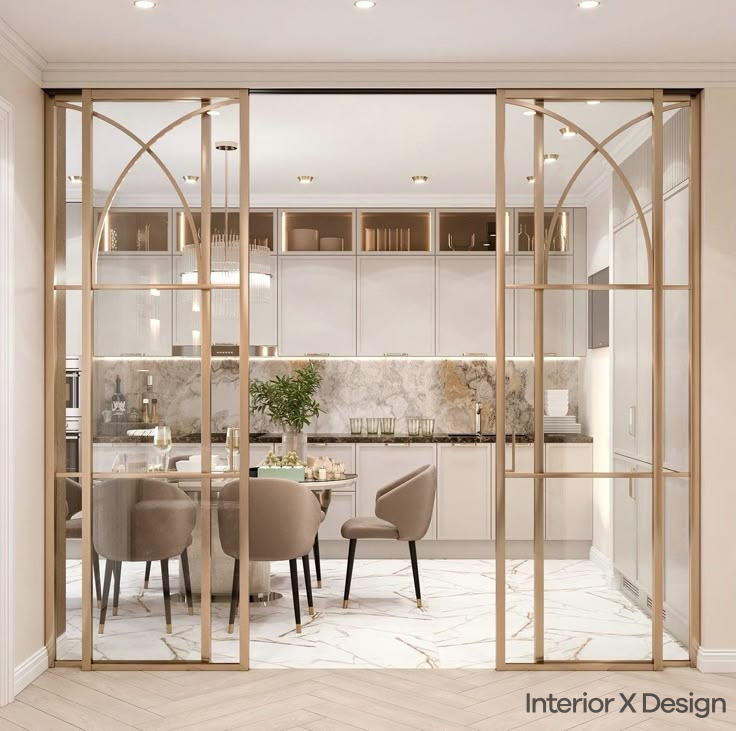Why Dining Room Size Matters
A well-planned dining room size enhances both comfort and usability. If the room is too small, guests will feel cramped. If it’s too large, it may feel empty and uninviting. Choosing the right dining room dimensions ensures:
- Enough space for people to sit and move comfortably
- Balanced furniture arrangement
- Aesthetic appeal that fits your home’s layout
How to Determine the Right Dining Room Size
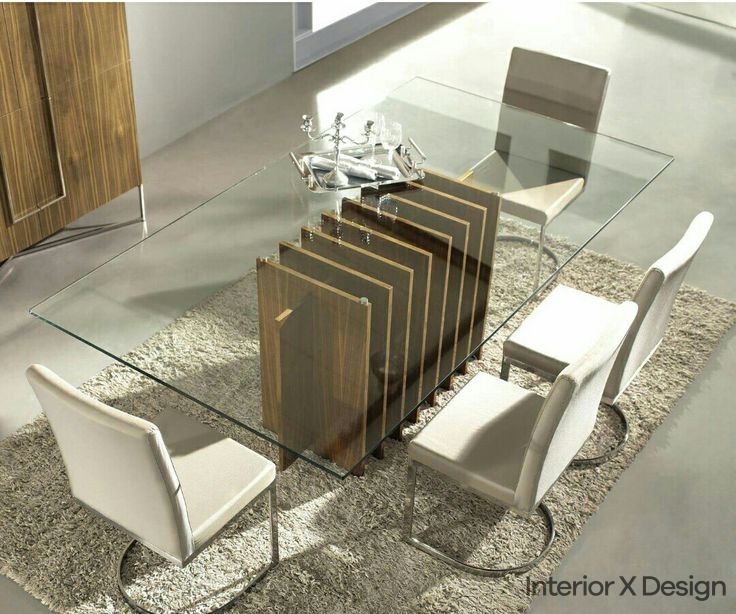
Several factors influence the dining room size, including the number of guests, furniture selection, and available space. Below are key considerations:
1. Room Dimensions and Table Size
The size of your dining table significantly impacts the space needed. Follow these general guidelines:
| Dining Room Size | Recommended Table Size | Seating Capacity |
|---|---|---|
| Small (Under 10×10 ft) | Round table (36-48 inches) | 4-6 people |
| Medium (10×10 ft to 14×14 ft) | Rectangular table (60-72 inches) | 6-8 people |
| Large (15×15 ft and above) | Banquet-style table (72-96 inches) | 8-10+ people |
If space is limited, consider an extendable or drop-leaf table for flexibility.
2. Clearance Around the Table
Maintaining proper clearance ensures easy movement and comfort:
- Leave at least 3 feet between the table and walls or furniture
- If using larger tables, allow 4-5 feet for a spacious feel
3. Ceiling Height and Lighting
Higher ceilings make smaller spaces feel open, while lower ceilings create intimacy. Ensure your dining light fixture is properly positioned:
- Hang the chandelier 30-36 inches above the table
- Choose lighting that complements the room’s size and style
Average Dining Room Size
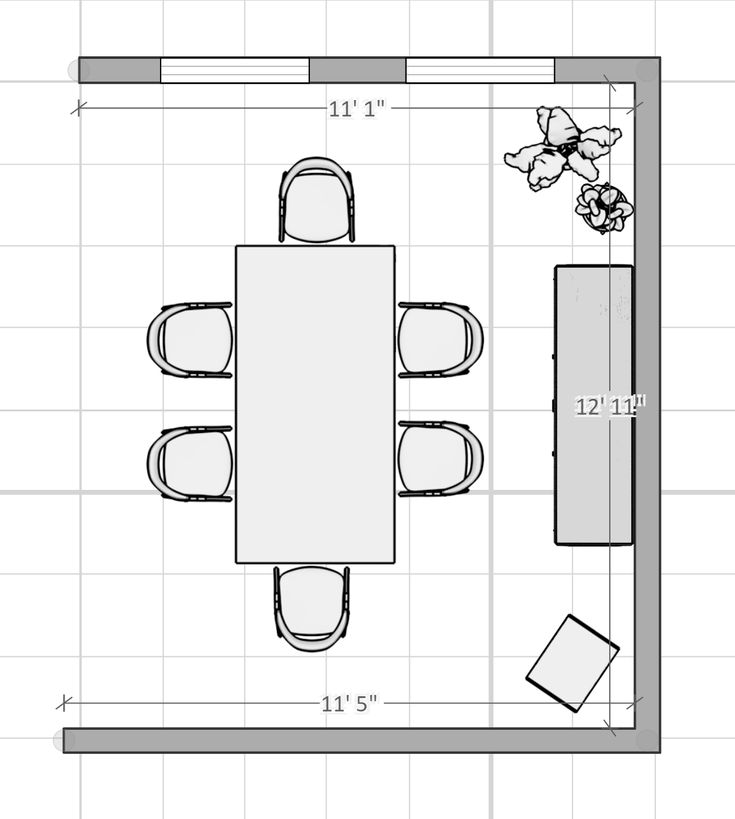
In standard homes (2,000-2,500 sq. ft.), the average dining room size is around 12×12 feet (144 sq. ft.). This comfortably accommodates a table for six while allowing space for movement.
For open floor plans, the dining area may merge with the kitchen or living room, creating a more flexible layout.
Key Factors in Choosing Dining Room Size
When deciding how big should a dining room be, consider these essential factors:
1. Number of People to Accommodate
- Frequent hosts need larger dining areas
- Small families can opt for compact layouts
2. Furniture Design and Layout
- Large, decorative tables require extra space
- Minimalist furniture fits better in smaller rooms
3. Open vs. Separate Dining Rooms
| Type | Best For |
| Open Floor Plan | Creates a seamless flow, ideal for casual settings |
| Separate Dining Room | Provides a dedicated space for formal dining |
4. Room Shape and Layout
- Rectangular rooms suit long tables
- Square spaces work well with round tables
Tips for Maximizing Dining Room Space
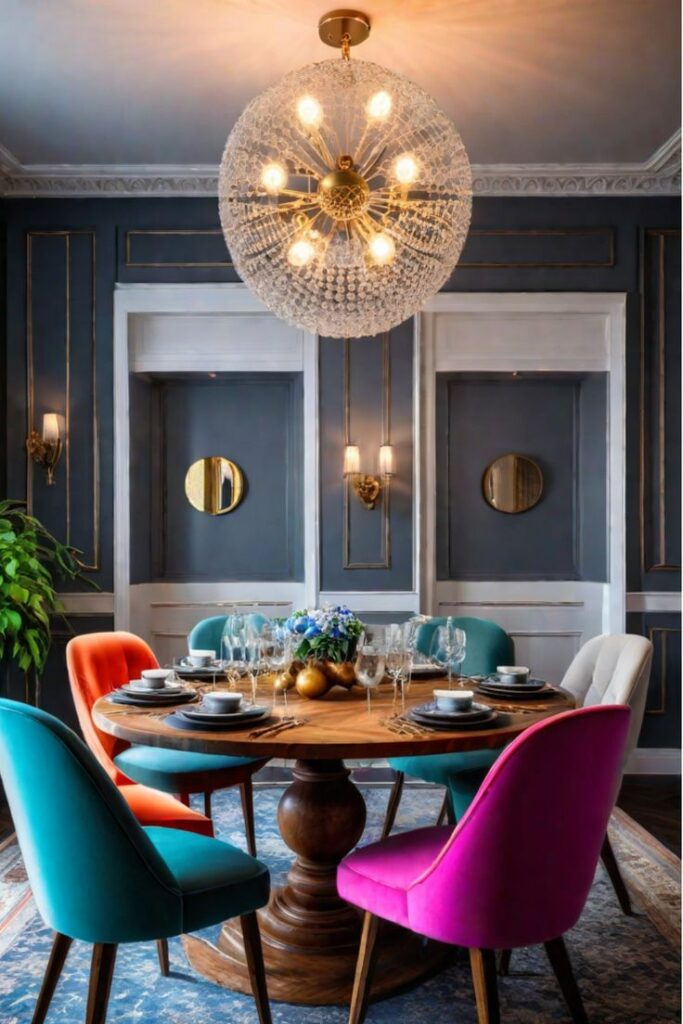
If your dining room dimensions are small, use these design tricks:
- Choose a round table – Saves space while increasing seating flexibility
- Use mirrors – Enhances the feeling of spaciousness by reflecting light
- Select multi-functional furniture – Extendable tables or built-in storage help optimize space
- Keep the design minimal – Avoid clutter to maintain an open feel
Common Mistakes to Avoid
- Overcrowding the space – Large furniture in a small room reduces movement
- Ignoring traffic flow – Poor layout disrupts comfort and accessibility
- Mismatched table size – Ensure the table suits the room’s proportions
- Neglecting lighting – A poorly lit dining room feels uninviting
FAQs About Dining Room Size
1. What is the standard size of a dining room?
Most dining rooms measure 10×10 to 12×12 feet, but sizes vary based on home layout.
2. How many people can fit in a 10×12 dining room?
A 10×12 dining room comfortably fits a table for 6-8 people with adequate space for movement.
3. How can I make a small dining room feel bigger?
Use light colors, mirrors, and space-saving furniture like extendable tables.
4. Is an open floor plan better for dining rooms?
An open floor plan enhances space but requires careful furniture placement to define the dining area.
Conclusion
Choosing the right dining room size is essential for comfort, functionality, and aesthetics. Whether you have a small or spacious dining area, proper planning ensures a welcoming space for meals and gatherings.
For more expert insights, check out our interior design tips or explore dining room inspirations. If you need professional help, consult an interior designer in Delhi for personalized guidance.

